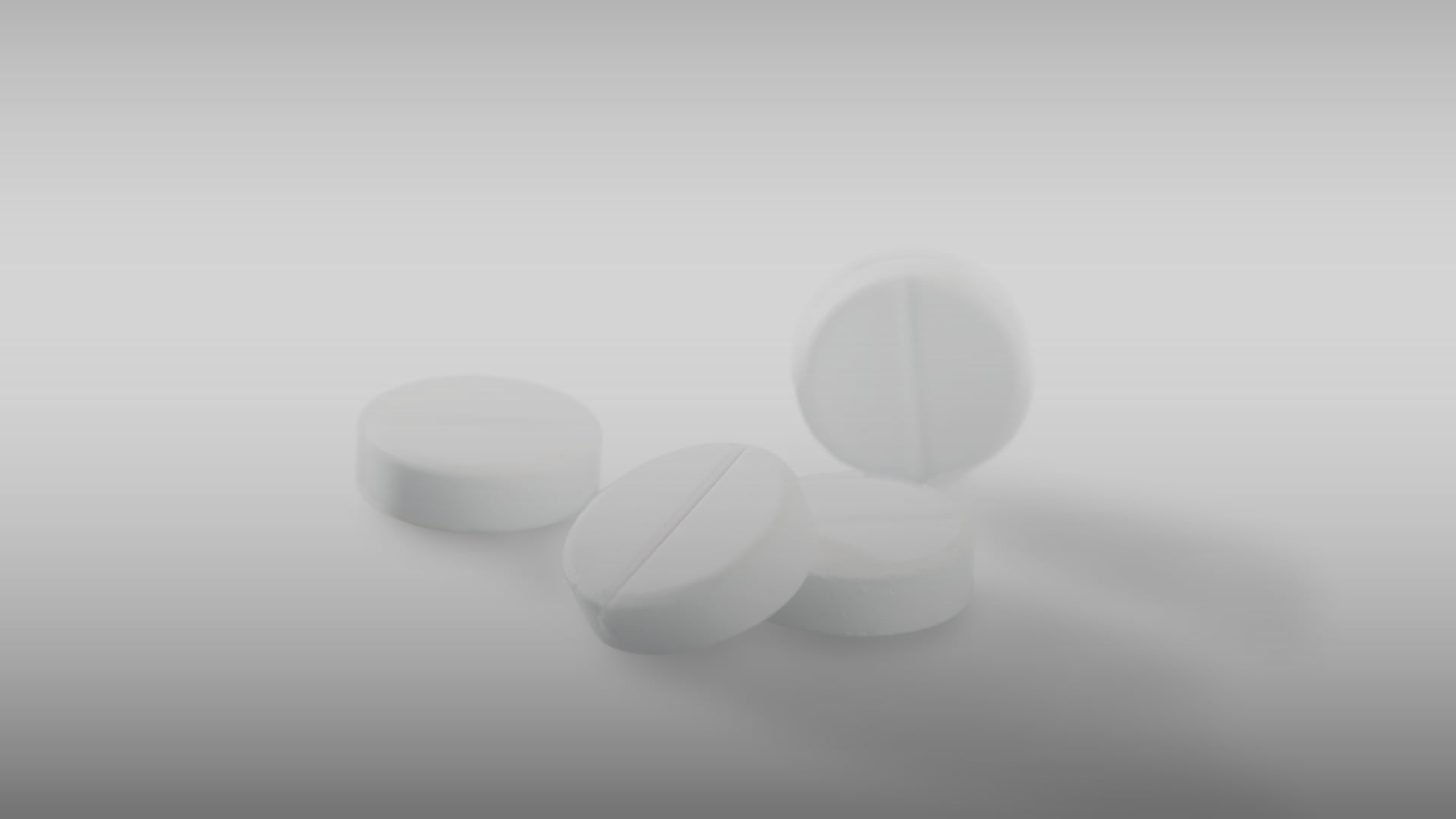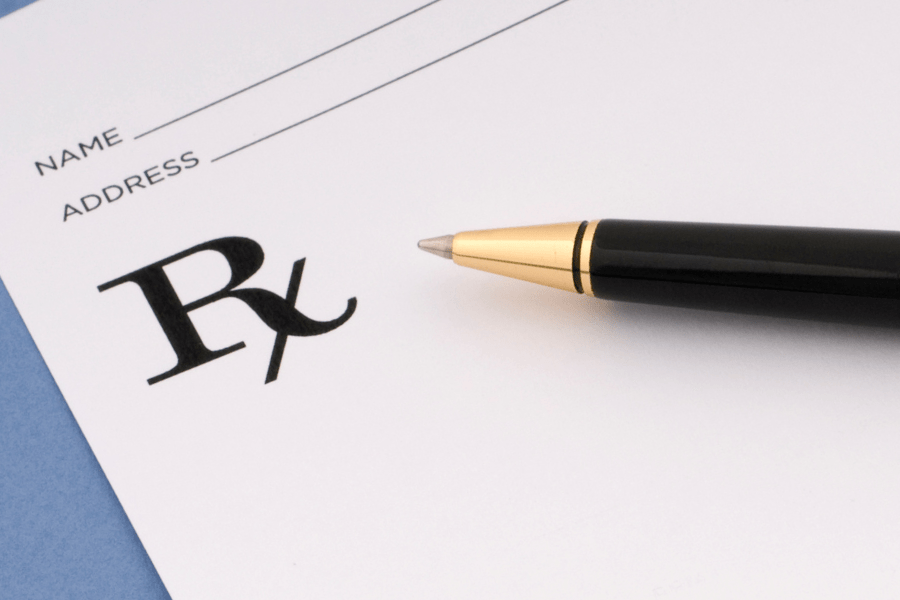Low Dose Naltrexone (LDN) stands at the forefront of innovative treatments, offering hope in the fight against a rising tide of autoimmune diseases and other chronic conditions that challenge many individuals.
At The Apothecary, we specialize in compounding LDN to meet the diverse needs of patients of all ages. Our compounded LDN targets a wide array of issues, from inflammation and chronic pain to mental health, autoimmune disorders, dermatological conditions, and gastrointestinal problems.
Naltrexone, an opiate receptor antagonist, is not a new drug, but when used off label at very low doses, it has been shown in many trials to be of therapeutic benefit.
You may check common symptoms that we track on our LDN Symptom Sheet. If you have a considerable amount of 2’s and 3’s, this may indicate that you may benefit from taking LDN. Please talk to your provider or contact us, and we can assist you in your next steps.
How Does It Work?
The effectiveness of LDN originates from its ability to partially block opioid receptors, thereby boosting the body’s production of endorphins and enkephalins. This increase enhances immune system modulation, reduces inflammation, and supports endocrine system balance, including the regulation of thyroid, adrenal, and sex hormones.
LDN creates a temporary blockade of the body’s endorphin (opioid) receptors, which causes an up-regulation of natural endorphin and enkephalin production and release. There are numerous endorphin receptors found throughout the entire human body. Increased Endorphin levels can contribute to pain reduction, positive immune system benefits, mental/brain health improvements in mood, anxiety, focus, clarity, and energy.
LDN’s blockade of the Toll-Like Receptors (TLR) contributes to the increased release of the body’s own natural anti-inflammatory agents (Th2) and improved immune system response. LDN also down-regulates many of the body’s pro-inflammatory cytokines—TNF, Interleukin 1 and 6; NF-κB , and Th1, among others.
LDN promotes glial cell activation, playing a role in addressing nerve inflammation and brain neurotransmitter balance.
Low-Dose Naltrexone (LDN) is gaining recognition in the medical community as a versatile and effective treatment with a focus on immunomodulation, exhibiting minimal side effects. LDN supports the body’s natural healing mechanisms without introducing the common adverse reactions associated with other treatments. Its efficacy spans across a wide spectrum of conditions, thanks to its potential ability to modulate the immune system in a precise yet gentle manner. This low-impact, high-reward profile of LDN positions it as an ideal candidate for many patients.
At the heart of our philosophy is a deep-seated belief in the uniqueness of every individual we encounter. This principle drives us to develop a close partnership with you, enabling us to custom compound LDN with precision. The therapeutic efficacy of LDN lies within a finely balanced range. By fine-tuning the dosage to match the specific needs of each patient, this dedication to individualized treatment not only honors the distinct journey of every patient but also enhances their path to optimal health, ensuring they receive the most effective dose tailored just for them.
Our experience has reinforced the belief that the best outcomes in LDN dosing are achieved through a collaborative effort between patients, healthcare practitioners, and pharmacists. Initiating therapy with a low dose and gradually adjusting to pinpoint the perfect individual dosage has been pivotal in achieving improvements in patient health. This patient-centered approach, combined with our ability to customize LDN formulations, underscores the significant impact LDN can have on patient health and optimal outcomes.
If you’re experiencing symptoms that might be alleviated by LDN, we encourage you to review our LDN Symptom Sheet. If you record a large amount of 2’s and 3’s, this may indicate LDN could be beneficial for you. Please discuss your results with your healthcare provider or contact us at The Apothecary for guidance on your next steps towards better health.
If you’re considering LDN as a treatment option, start by discussing it with your current provider or Find a Provider below to explore its benefits and review your medical history to ensure it’s a suitable choice for you. Once you decide to proceed, a prescription is sent to us, and we begin the precise process of custom compounding your medication.
We start with a low dose, adjusting slowly over time through a method known as titration. This careful approach to dose adjustment is critical in pinpointing the most effective dosage for each individual. Our expertise in customizing both the dosage and form of the medication to meet each patient’s specific needs has proven to be key in enhancing treatment outcomes.

Let us answer any questions you have about LDN.
About Low Dose Naltrexone

It’s important to avoid taking any opioid (narcotic) pain relieving drugs with LDN—LDN blocks their pain-relieving action.
Regarding surgery—LDN can interfere with the effects of certain anesthetics used.
Side effects are uncommon but may include insomnia, nausea, nightmares or wild dreams, rarely prolonged erections (priapism), and rarely, weight loss.
LDN works by briefly binding to opioid receptors, blocking natural opioids from binding, which prompts the body to produce more natural opioids. It also has anti-inflammatory effects by regulating microglial cells, reducing the production of pro-inflammatory cytokines, free radicals, and nitric oxide.
It may take up to 8 to 10 weeks for LDN to work, so it’s important to continue taking it until at least then to determine if it is effective for you.
Most studies investigating LDN have been small but report a favorable effect for conditions like fibromyalgia, Crohn’s disease, and pain. LDN is considered safe, well-tolerated, inexpensive, and has minimal side effects.
Generally, many insurance plans do not cover compounded medications like LDN. However, patients may get reimbursed after purchase, and using an FSA or HSA card can be a good option for covering the cost.
LDN can sometimes cause unexpected side effects. If you suspect LDN is causing a side effect, stop the dose for a few days to see if the side effect goes away, and then resume to confirm if LDN is the cause.
LDN has never been mass-produced or heavily advertised, and many doctors are unaware of its off-label uses due to it not being taught in medical schools. Its original FDA approval was for high doses for alcoholism, so its lower-dose applications are less known.
LDN may also be helpful for Ankylosing Spondylitis, Behcet’s Disease, Celiac Disease, Chronic Fatigue Syndrome, CREST syndrome, Crohn’s Disease, Dermatomyositis, Dystonia, Endometriosis, Fibromyalgia, Hashimoto’s Thyroiditis, IBS, Myasthenia Gravis, Nephrotic Syndrome, Pemphigoid, Primary Biliary Cirrhosis, Psoriasis, Rheumatoid Arthritis, Sarcoidosis, Scleroderma, Sjogren’s Syndrome, Stiff Person Syndrome, Systemic Lupus, Ulcerative Colitis, Wegener’s Granulomatosis, HIV/AIDS, Depression, and various cancers.
It’s important to consult with a healthcare provider before combining LDN with other medications, especially opioid-based drugs, to avoid interactions.
Not everyone is a suitable candidate for LDN therapy. Factors like current medications, health conditions, and individual responses must be considered.
The use of LDN in children should be carefully evaluated and monitored by a healthcare professional.
LDN is available in various forms, including tablets, liquid, and topical preparations, to suit different patient needs.
The long-term use of LDN needs to be assessed on an individual basis, considering the patient’s response and condition.
LDN has been observed to modulate the immune system, which can be beneficial in treating autoimmune disorders and other conditions involving immune dysregulation.
How Does It Work?
The effectiveness of LDN originates from its ability to partially block opioid receptors, thereby boosting the body’s production of endorphins and enkephalins. This increase enhances immune system modulation, reduces inflammation, and supports endocrine system balance, including the regulation of thyroid, adrenal, and sex hormones.
LDN creates a temporary blockade of the body’s endorphin (opioid) receptors; which causes an up-regulation of natural endorphin and enkephalin production and release. There are numerous endorphin receptors found throughout the entire human body. INCREASED ENDORPHIN levels can contribute to pain reduction; positive immune system benefits; mental/brain health improvements in mood, anxiety, focus, clarity, and energy.
LDN’s blockade of the Toll-Like Receptors (TLR) contributes to the increased release of the body’s own natural anti-inflammatory agents (Th2) and improved immune system response. LDN also down-regulates many of the body’s pro-inflammatory cytokines—TNF, Interleukin 1 and 6; NF-κB , and Th1, among others.
LDN promotes glial cell activation, playing a role in addressing nerve inflammation and brain neurotransmitter balance.
Use our online order form or text your refill request to 320-251-0107 at your convenience. If you have any questions, please call us at 320-251-0107.
The Apothecary has been owned and operated by pharmacist Steve Anderson since he and his father purchased Women and Children’s Apothecary in 1994. Located in the old Women & Children’s clinic on Northway Drive in St. Cloud, it remained at this location until September 2001 when Steve moved the pharmacy to 32nd Avenue and 12th Street North. With this move came a change of name, vision and focus.
"*" indicates required fields